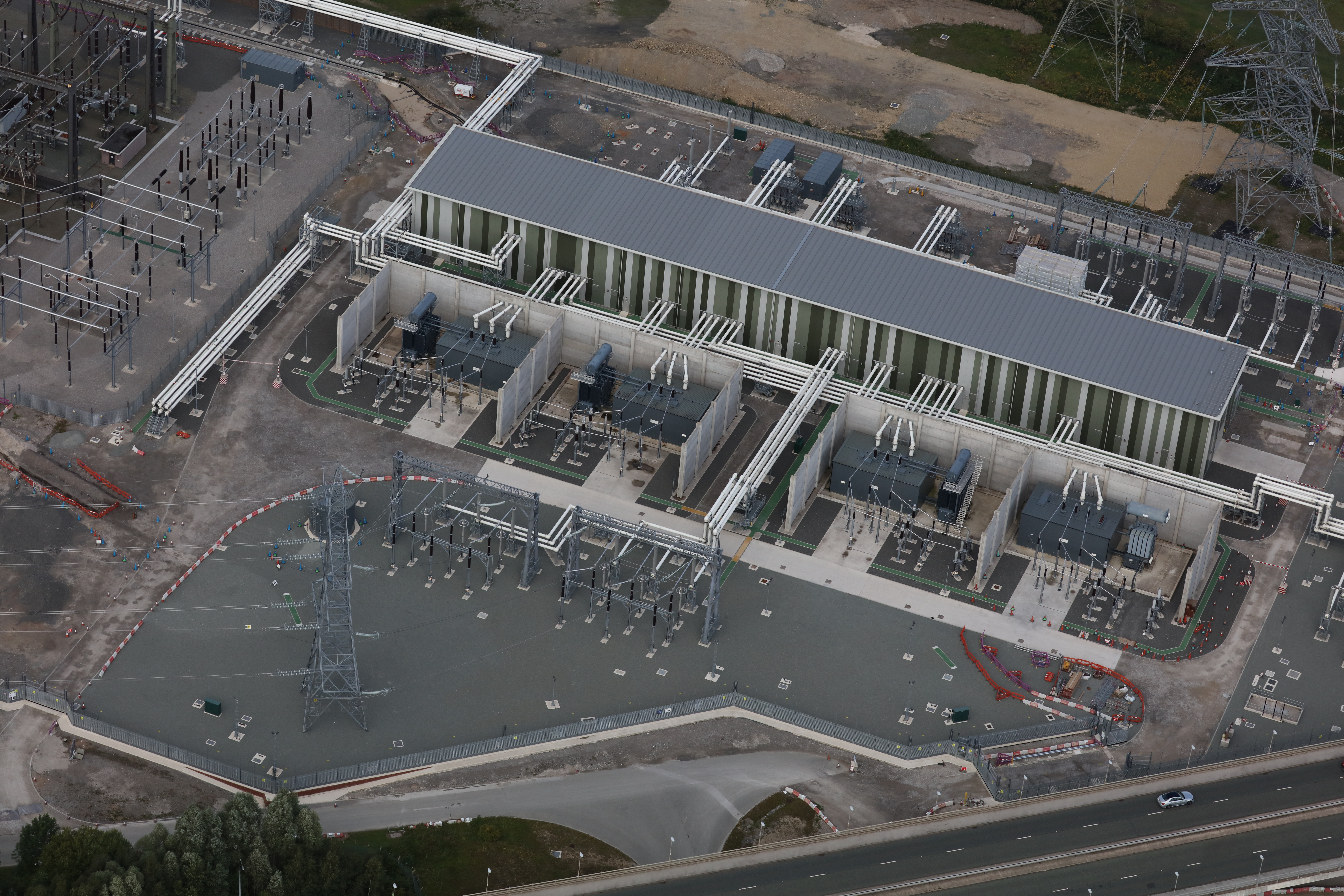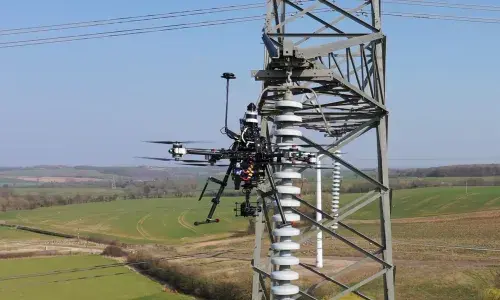
SEGIL: Our innovation project exploring alternatives to overhead lines
Our Sustainable Electrical Gas Insulated Lines (SEGIL) project is exploring the potential of an alternative to overhead electricity transmission lines.
It's likely that overhead lines will continue to have a crucial role in our transmission system but this technology could potentially deliver a cost effective alternative in certain locations while benefiting electricity consumers.
Innovation Manager Alexander Yanushkevich explains the project in more detail.
The energy system is in the middle of a significant transformation. Government targets of 40GW of offshore wind generation by 2030 and net zero emissions by 2050 are bringing challenges such as delivering the infrastructure needed to support increasing amounts of renewable energy and facilitate a nationwide rollout of electric vehicles.
We own the high-voltage electricity transmission network in England and Wales. Our substations, pylons and cables connect sources of electricity generation and transport it onwards to the distribution system, so it reaches homes and businesses.
When the national electricity network expanded in the 1950s and 1960s to meet post-war demand the authorities wanted to achieve electrification as quickly and cost-effectively as possible. At the time the only way to achieve this while keeping costs down for consumers was through the overhead transmission lines and pylons that we are all familiar with. Since then underground cables have been used where construction of overhead lines is challenging, e.g. in areas of outstanding natural beauty, but, these underground cable systems are more expensive to build and can be more costly to maintain too.
Read more about our innovation team and it's work to help create a net zero network.
Our project investigating a new approach
SEGIL is exploring the use of Gas Insulated Lines (GIL) in the GB transmission system. GIL are underground power pipelines which can transmit more power than a conventional overhead line, and with less construction work required than a cable system.
The technology has been commonly used either connecting to or within existing substations but not over long distances – the longest stretch of power line using this method is 17km in Saudi Arabia. Also, current GIL technology relies on using the environmentally damaging SF6 gas for insulation.
Our innovation project aims to address both those challenges. We want to determine if the technology can be applied to longer transmission routes, to help connection of the growing volume of new offshore wind power. By the end of the of the project we aim to outline whether a cost effective GIL of 30-40 km length is possible. To reduce the amount of SF6 used, we’ve already begun exploring low-carbon alternatives in our network and have previously, in partnership with GE, energized the world’s first SF6-free 420 kV Gas-insulated Line at our Sellindge substation in Kent. This new project will investigate the potential to replace SF6 in GIL over longer distances with a more sustainable and environmentally friendly gas mix.
This innovation project (delivered in collaboration with National Grid Electricity System Operator, Scottish Power, Orsted, General Electric, J.Murphy&Sons, University of Manchester and Frazer Nash Consulting) is one of three electricity transmission discovery phase projects awarded Strategic Innovation Funding by Ofgem.
Any adoption of this new disruptive technology would involve a complex programme of work over a long timeframe, but, this initial Discovery Phase funding is the first step in an innovation journey that could potentially deliver a cost effective alternative to overhead lines and cables while benefiting electricity consumers.
Find out more about the funding and each of the projects


